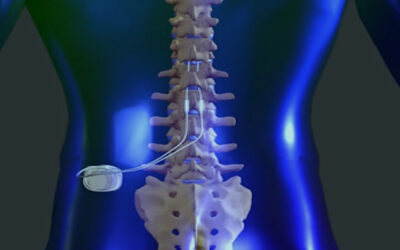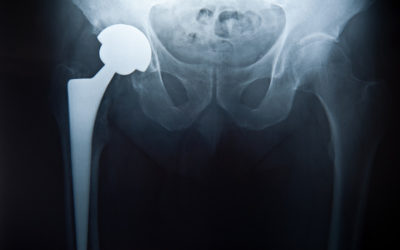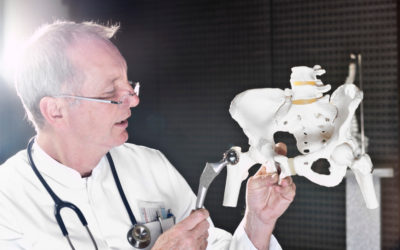Background: This lecture reviews the 15 year history of modern metal-metal hip surface replacement as it relates to uncemented femoral components. The results of McMinn, Wagner, Villar, Spriggins and Griffin, Fern are reviewed.
The specific types of implants used are highlighted.
Methods: Two study groups are presented:
1.) HA coated nonporous femoral component (Corin)
Anterolateral approach Small clinical series (n=19)
7.5 years f/u
2.) Fully porous coated femoral component (Biomet)
Large clinical series (n=623)
Posterior MIS approach
2 years f/u: 67
1 year f/u: 268
Results:
1.) 4 failures (21%); No femoral failures
2.) Entire Group (n=623): 7 revisions (1%)
5 Femoral neck Fx (<6 months)
1 Femoral Loosening (1 year)
1 infection (4 months)
1 Acetabular Loosening (2 months)
Patients with 1-2 year f/u (n=335): 5 revisions (1.5%)
3 femoral neck Fx
1 femoral loosening
1 infection
1 acetabular Loosening
Conclusions: Early results with uncemented femoral components were poor, but are improving. The theoretical basis for uncemented femoral fixation is discussed. The advantages and disadvantages of cemented vs. uncemented fixation are contrasted. Longer term results with modern improved implants are necessary before uncemented femoral fixation can be considered as a proven option in M/M Hip Surface Replacement. However, evidence is mounting for uncemented fixation.




